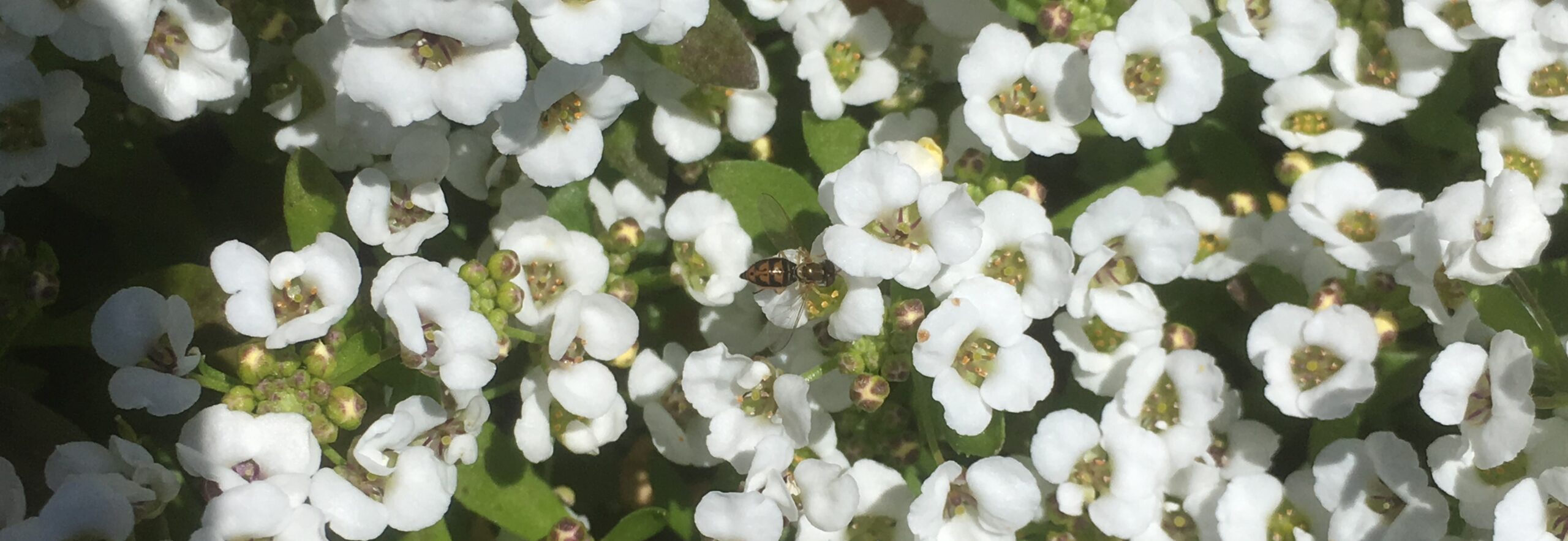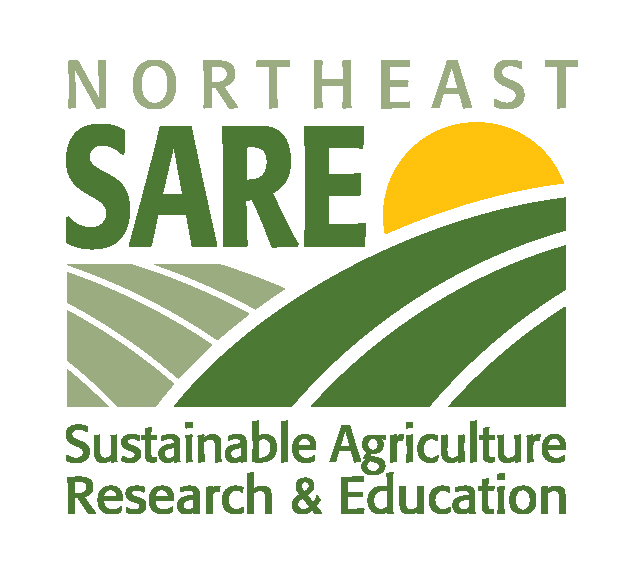
Use of high tunnels in the Northeast to extend the growing season has increased over the past decade aided in part by NRCS incentive programs. These structures protect crops from extreme and unpredictable weather resulting from changing climate. High tunnel environments also favor pest outbreaks. Aphids, spider mites and thrips are the most challenging pests to manage in these protected spaces and often cause significant damage and economic loss. Successful pesticide-free management of these pests using biological control requires establishment of their natural enemies in a timely manner. However, releases of commercially reared natural enemies are costly. Habitat/insectary plants promote the establishment of wild natural enemy populations in field agriculture serving a vital role in conservation biological control. In contrast, trap plants attract pests and aid in their early detection. This site provides updates and results from our projects that use various types of ‘plant-mediated IPM systems’ to manage high tunnel pests.
This research would not be possible without support from the following agencies:



The contents of this site are solely the responsibility of the authors and do not necessarily represent the official views of the funding agencies.